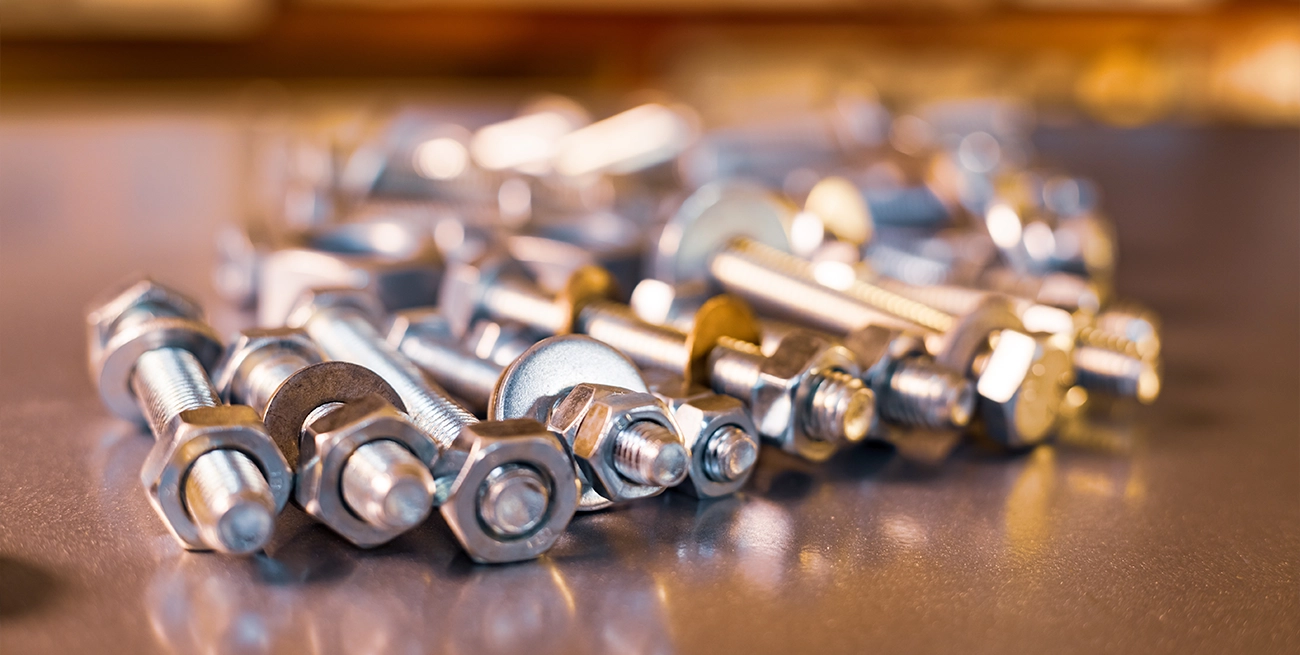How to Apply Loctite Thread Sealant

Anyone who works with pipes, fittings, or fasteners knows how frustrating leaks and loosening connections can be. Loctite thread sealants solve these problems by locking threaded parts in place while sealing gaps to prevent leaks. Whether you're dealing with hydraulic systems, air compressors, or gas lines, using the right sealant correctly makes all the difference.
Choosing the Right Loctite Thread Sealant
Loctite offers several types of thread sealants, each designed for specific applications. Some are made for high-pressure lines, others for chemical resistance, and some remain removable while others form permanent bonds. The most common options include:
- Loctite 545: Designed for hydraulic and pneumatic fittings, preventing leaks in high-pressure systems.
- Loctite 567: Ideal for stainless steel and metal fittings, creating a strong, leak-proof seal.
- Loctite 577: Used for coarse threads, commonly found in plumbing and industrial applications.
Before starting, check the product specifications to make sure you’re using the right one for your job.
Prepping the Threads
A clean surface is critical for proper adhesion. Any oil, dirt, or debris can weaken the bond. Follow these steps to prepare the threads:
- Wipe away grease and dust with a rag.
- Use a solvent like acetone or Loctite SF 7070 to remove any remaining contaminants.
- If dealing with old fittings, use a wire brush or thread chaser to remove any rust or leftover sealant.
Applying the Sealant
Applying Loctite thread sealant is straightforward, but a few key techniques ensure a reliable seal:
- Shake the bottle before use to mix the contents.
- Apply a continuous bead around the male threads, starting one or two threads from the end to avoid excess inside the fitting.
- Spread the sealant evenly by rotating the fitting before assembly.
Assembly and Curing
Once the sealant is applied, assemble the parts immediately:
- Thread the components together by hand to ensure proper alignment.
- Tighten to the manufacturer’s torque specifications.
- Wipe away any excess sealant to keep the area clean.
Loctite thread sealants cure in the absence of air, but full strength isn’t instant. Most reach handling strength in 15-30 minutes and fully cure within 24 hours. If you’re working in a low-temperature environment, curing may take longer.
Disassembly When Needed
Some thread sealants allow for easy removal, while others form permanent bonds. If you need to break a sealed connection, try the following:
- For removable grades, use a wrench and apply steady force.
- For stronger bonds, apply localized heat (around 500°F) with a torch to soften the sealant before loosening.
- Clean the threads thoroughly before reapplying new sealant.
Getting It Right Every Time
Applying Loctite thread sealant isn’t complicated, but small mistakes can lead to leaks or difficult disassembly. Using the right type, prepping the threads properly, and allowing adequate curing time ensures a reliable seal every time. Whether you're dealing with hydraulic fittings or gas lines, following these steps keeps everything secure and leak-free.


